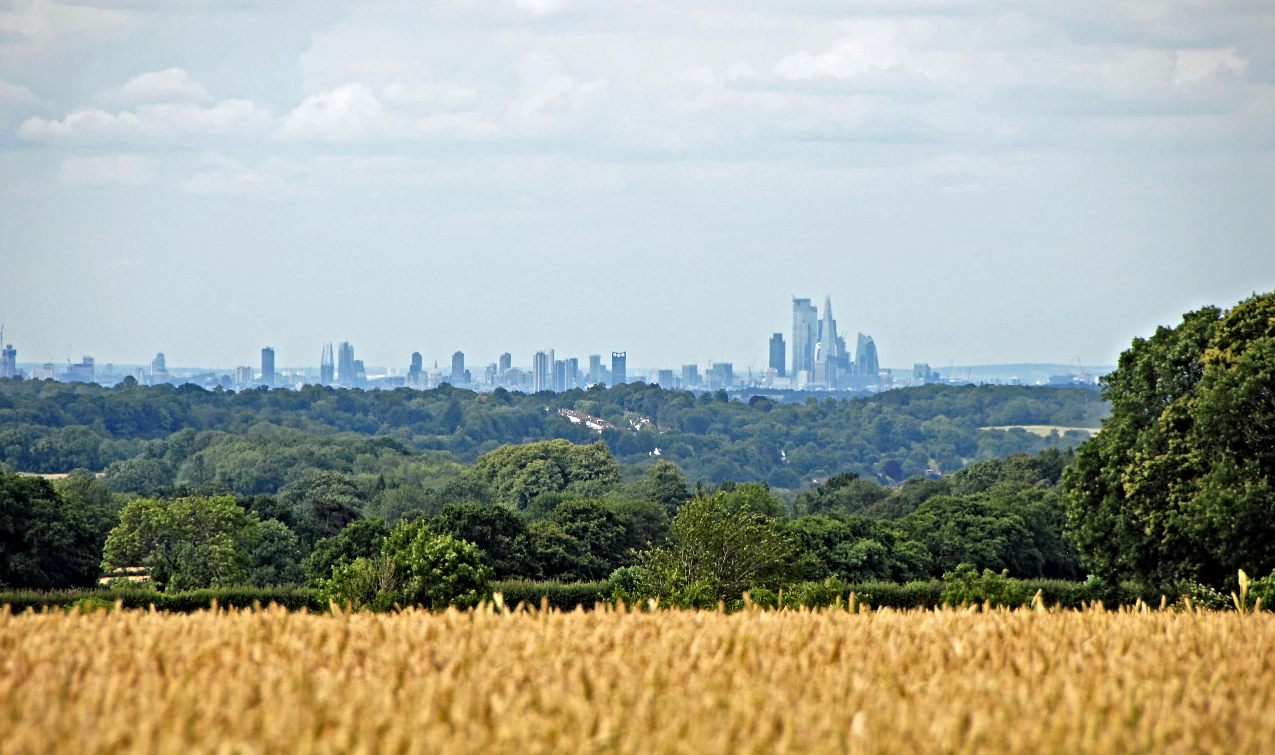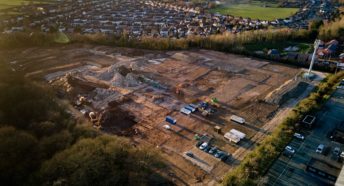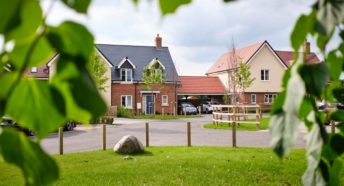Big developers exploiting loophole to build on greenfield land
A new report from CPRE shows how some big housing developers are still exploiting a loophole that enables them to appeal against refusal of planning permission, even in our most iconic landscapes.
We’re urgently calling for proposed changes to the planning rules that would stop this happening. The proposed change to the National Policy Planning Framework in last December’s consultation would remove the requirement for a local planning authority to demonstrate a five-year housing land supply in cases where there is a local plan with a strategic housing target adopted in the past five years.
Roger Mortlock, chief executive of CPRE, the countryside charity, said: ‘There’s no question we need to build hundreds of thousands of new homes a year. But there’s a critical debate about the kind of homes that should be built and where they should go.
‘Small scale developments of genuinely affordable homes, and housing for social rent, are desperately needed in rural areas. What people living in the countryside rightly object to is mammoth new housing estates that are mostly large, unaffordable executive homes. Their prices are out of whack with local wages, take up valuable land unnecessarily and generate additional car traffic, often not linked to more sustainable transport options.’
What we found
The research identifies 144 separate major developments on greenfield land that were forced through on appeal in just the two years between 2020 and 2022, after having been denied permission by local authorities. Of those, 91 were clearly going against policies in the local development plan.
It also shows that 112 of those developments were clearly allowed on the grounds of technical arguments about whether the local authority had allocated enough sites for housebuilding. The developments were largely of market housing, with eight schemes totalling 2,200 houses having no more than 12% of these houses classed as affordable.
Brownfield first
CPRE wants to see greater focus on regenerating suitable brownfield land in urban areas to take the pressure off the countryside and provide housing where people want it. Roger added: ‘There’s an abundance of brownfield sites in almost every local authority that in need of regeneration. Councils need more powers to direct where new homes should be built so that they meet local needs.’
The report adds to suspicion that deep pocketed developers use the land supply loophole in the planning system to force the hand of cash-strapped councils. Six-figure legal fees eat into council budgets, with decisions frequently overturned on technicalities. For example, Waverley Borough Council in Surrey has spent nearly £900,000 defending planning appeals, including £370,000 in the two-year period covered in our research.
We also want the government to:
-
- Publish regularly updated data on building rates for large development sites, to hold developers who are stalling projects to account and to help prevent unnecessary development of greenfield sites;
- Allow local planning authorities to introduce policies to guide the order in which sites for new housing should be introduced (so-called ‘phasing’ policies) – developers already carry out such phasing but in a way that maximises their profits; and
- Empower local planning authorities to shape large new housing developments and insist on higher levels of social housing than are currently provided, as recommended by the 2018 review of build out led by Sir Oliver Letwin.
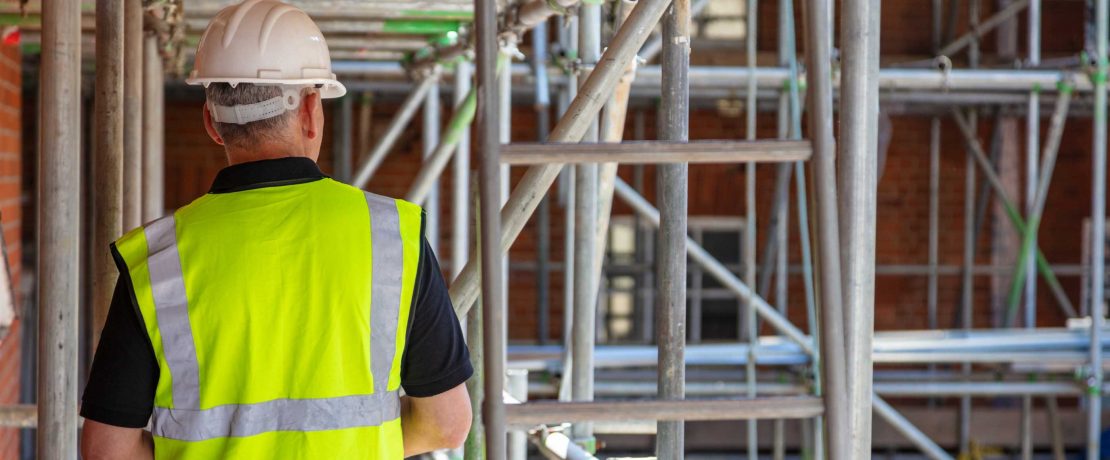



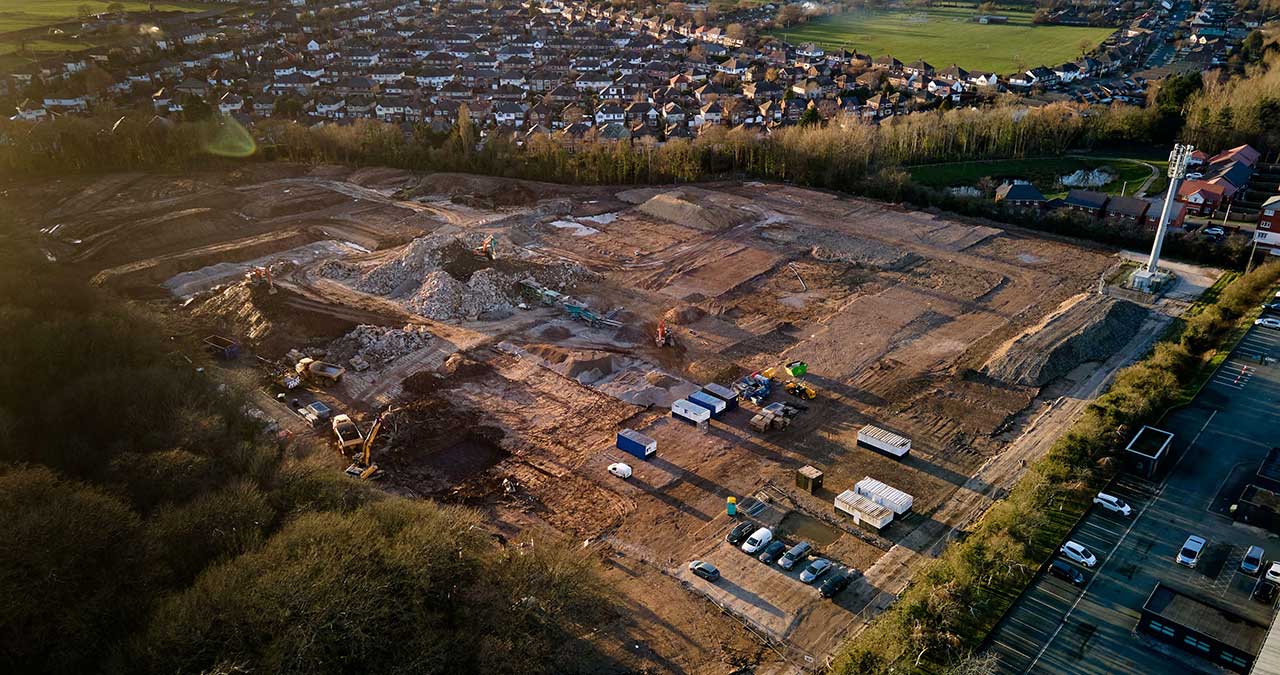
 8 min read
8 min read 